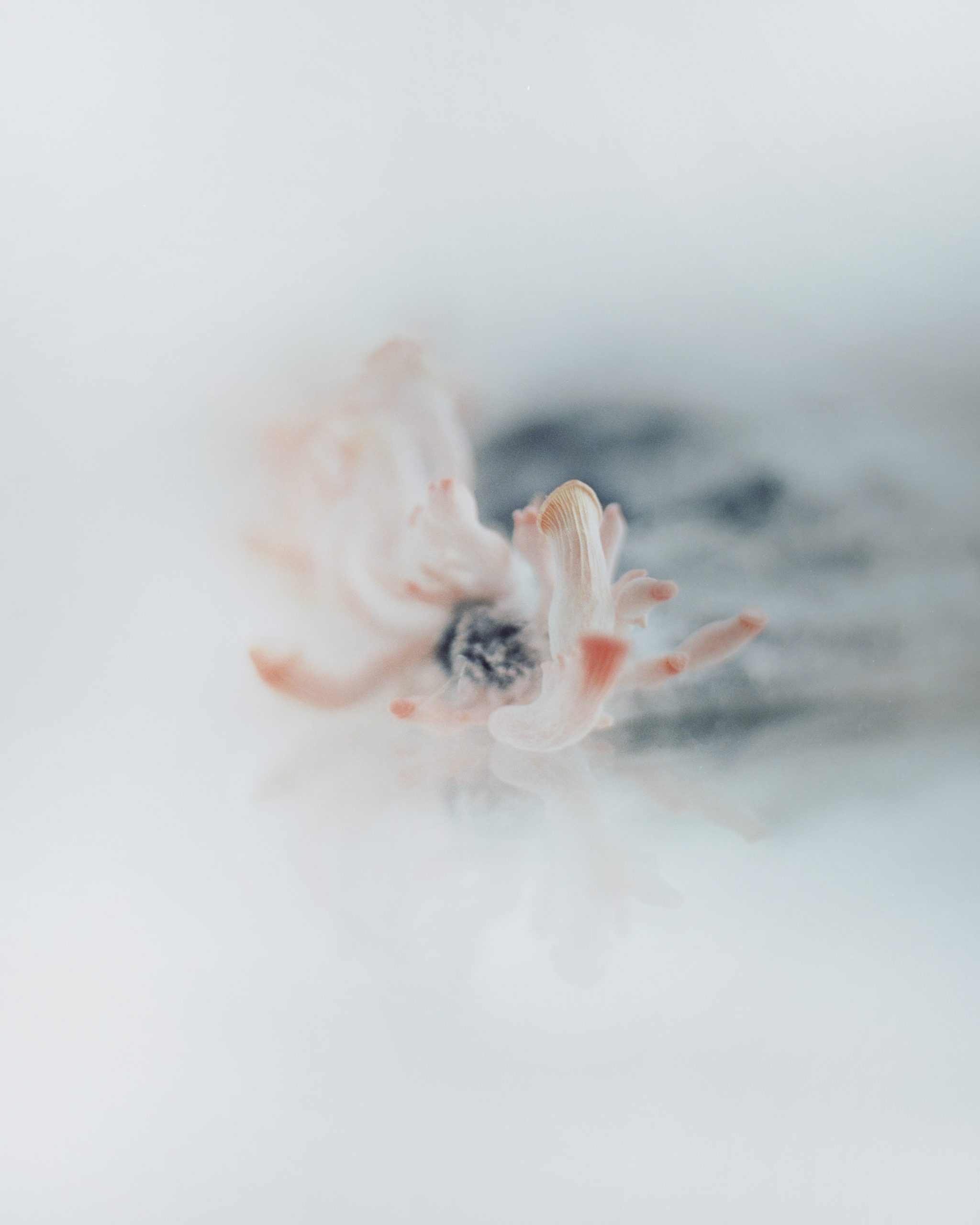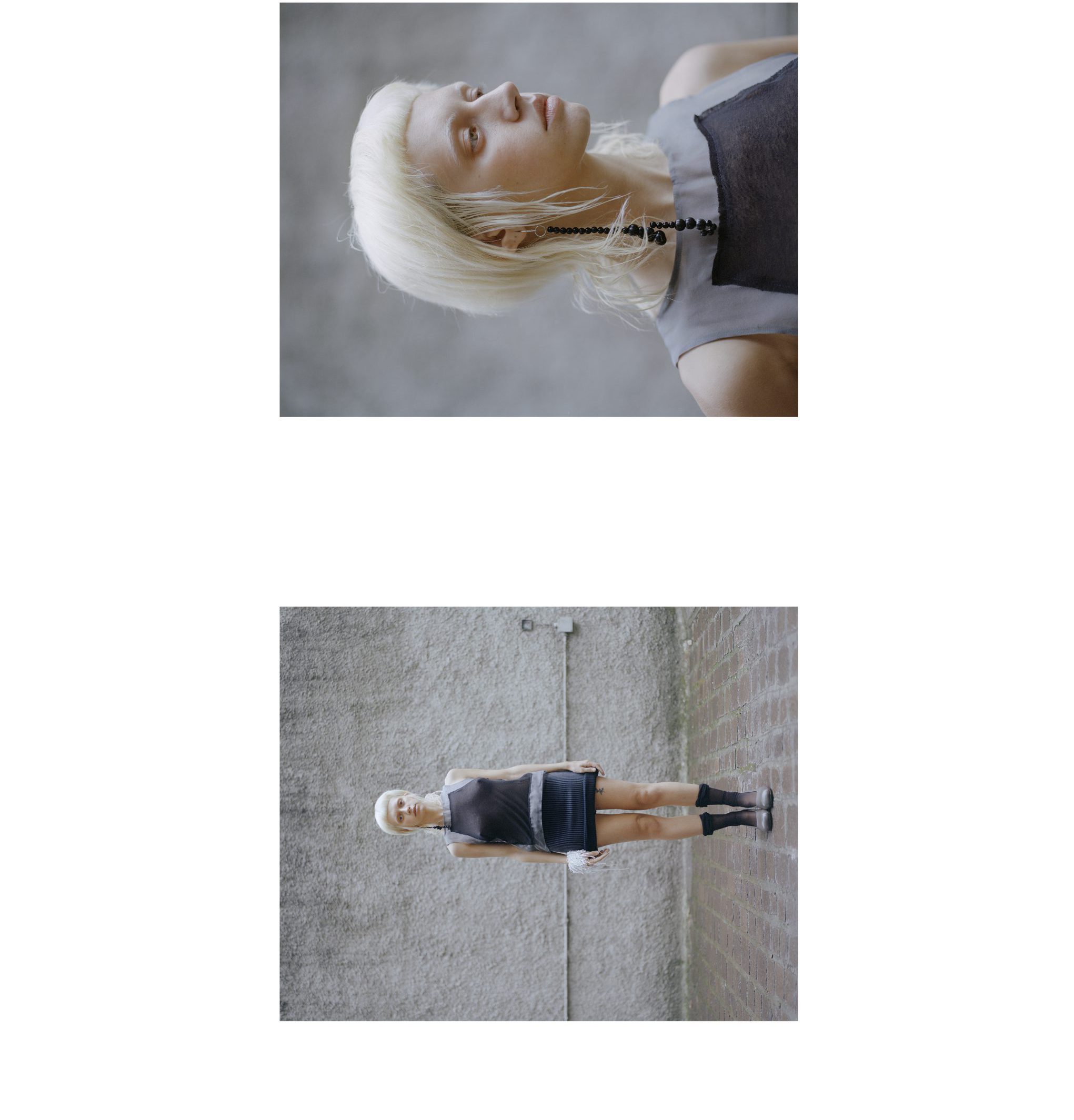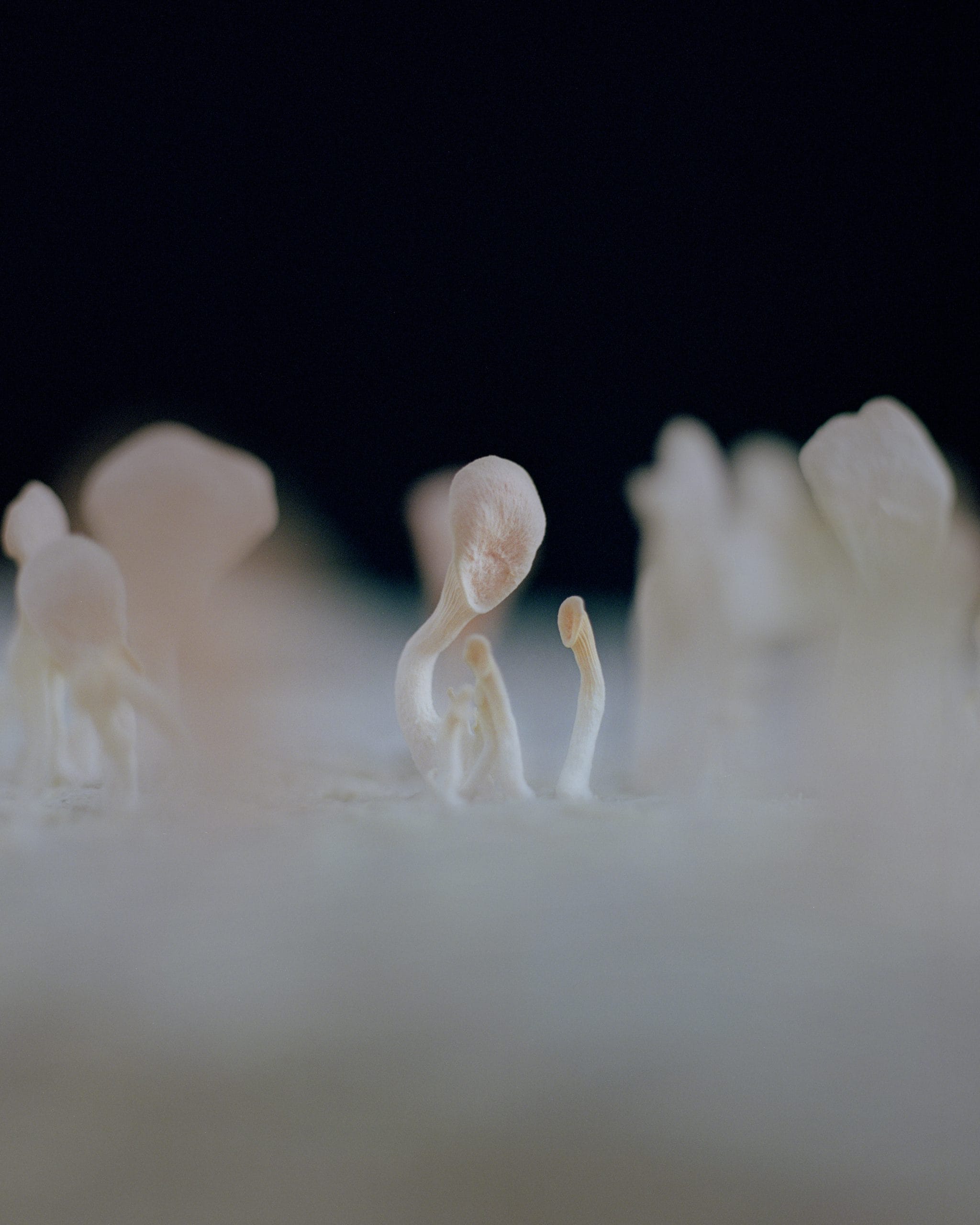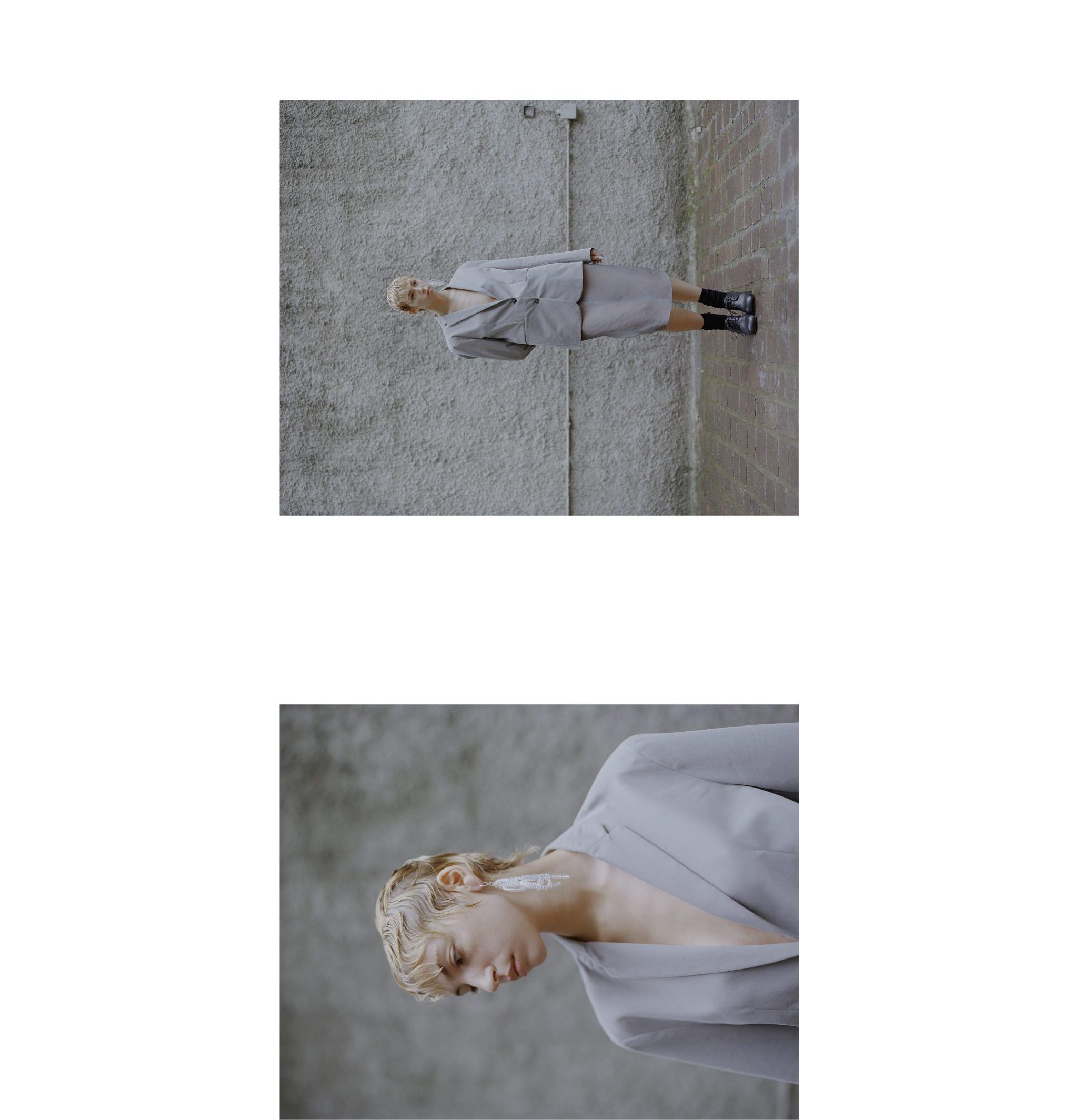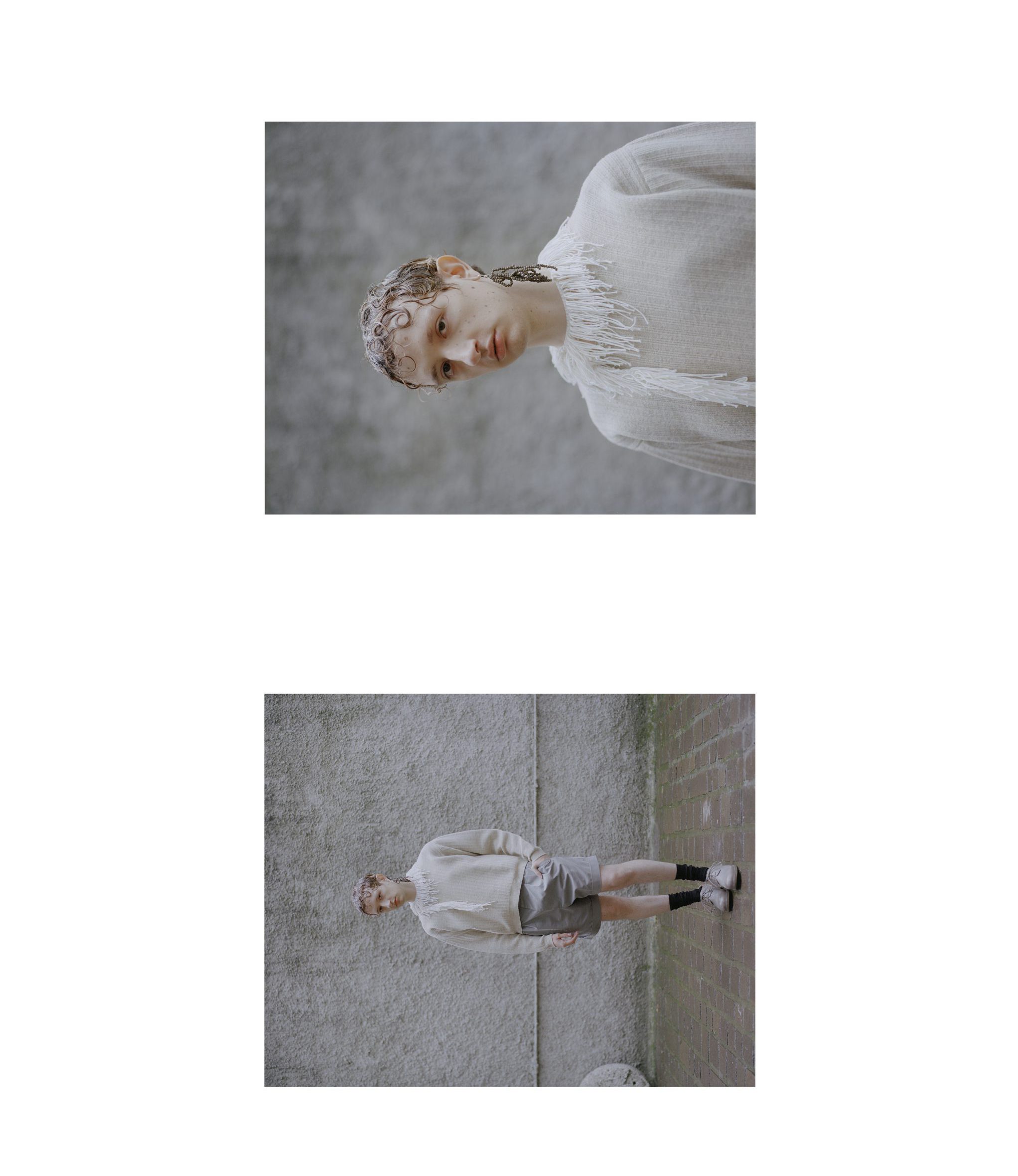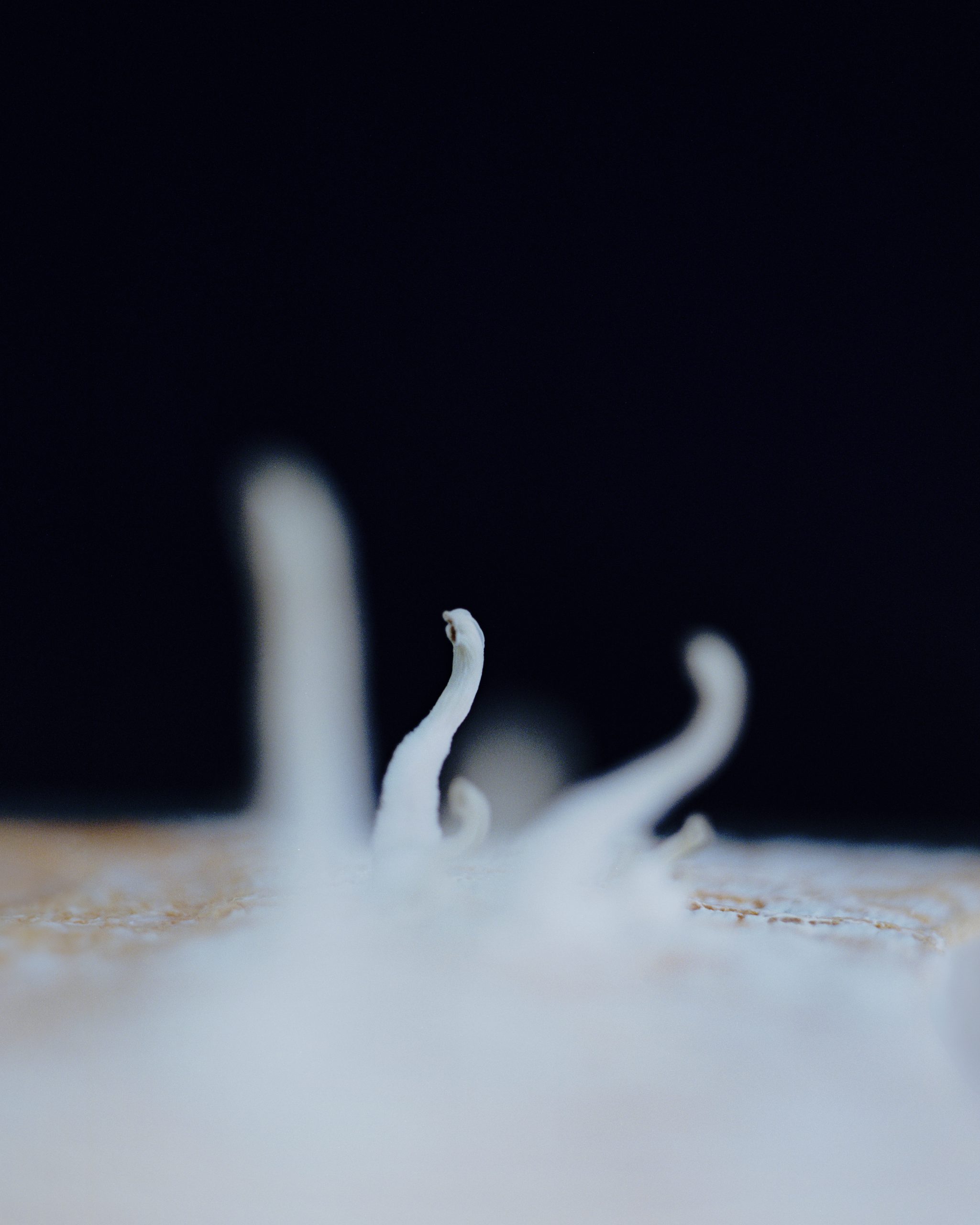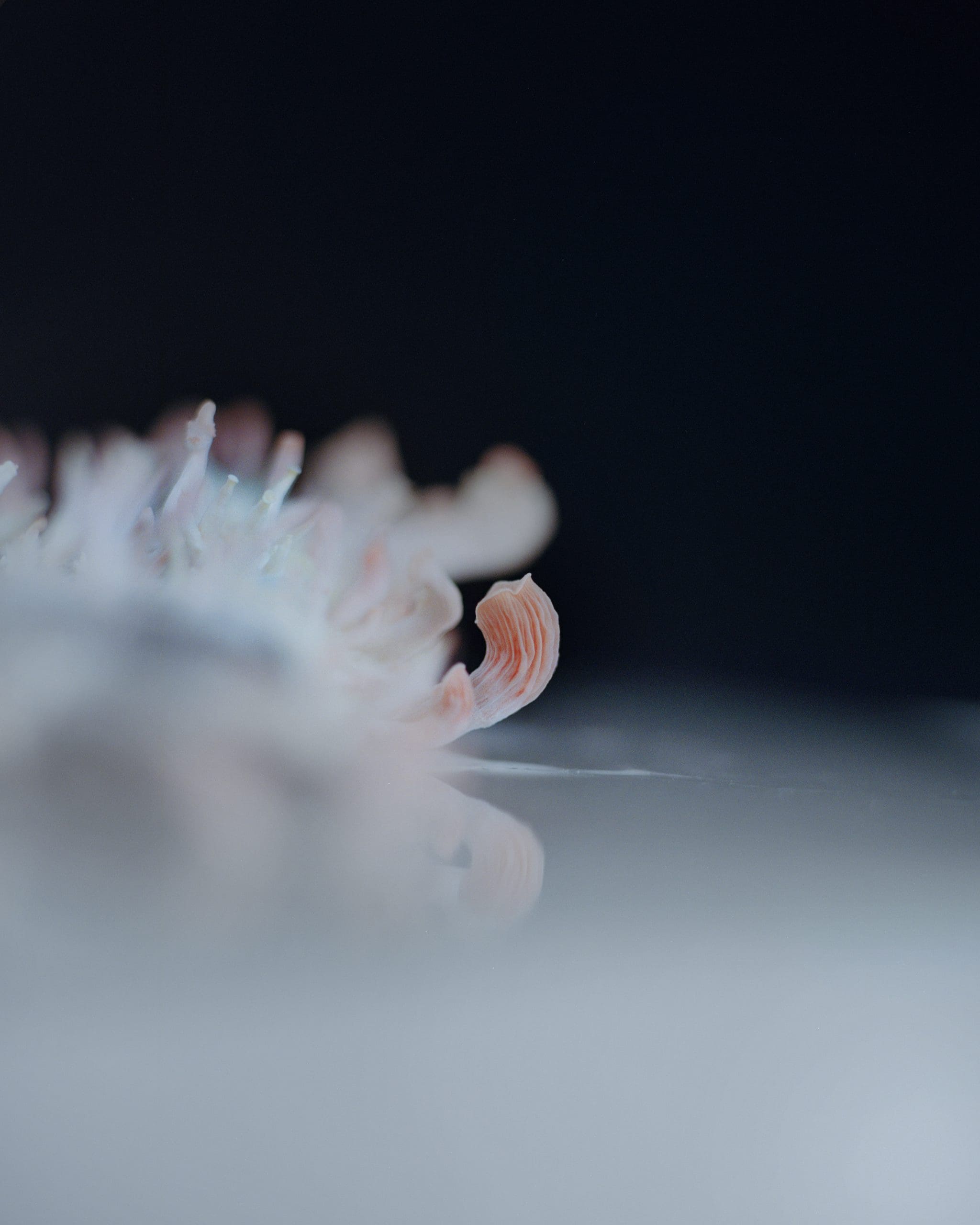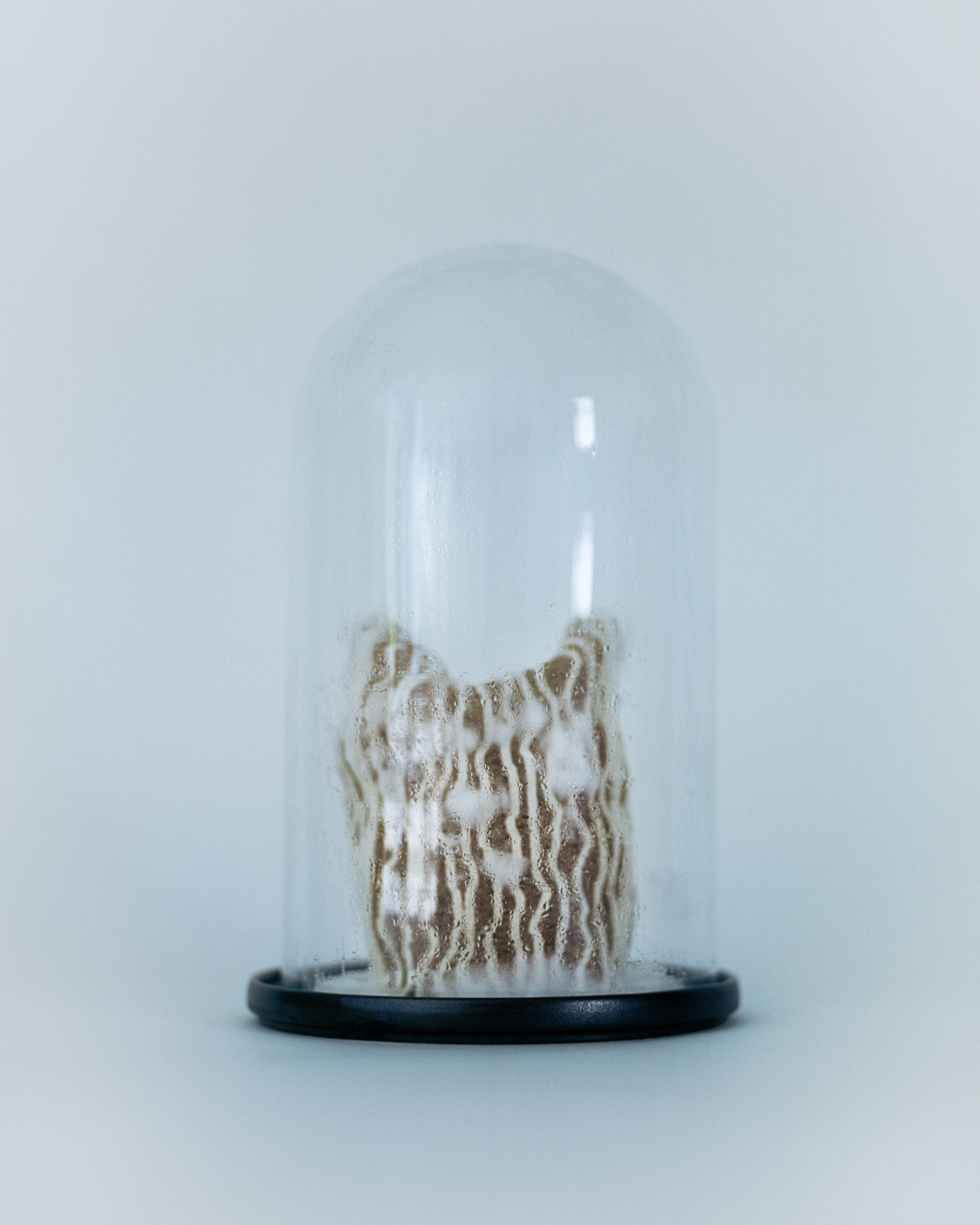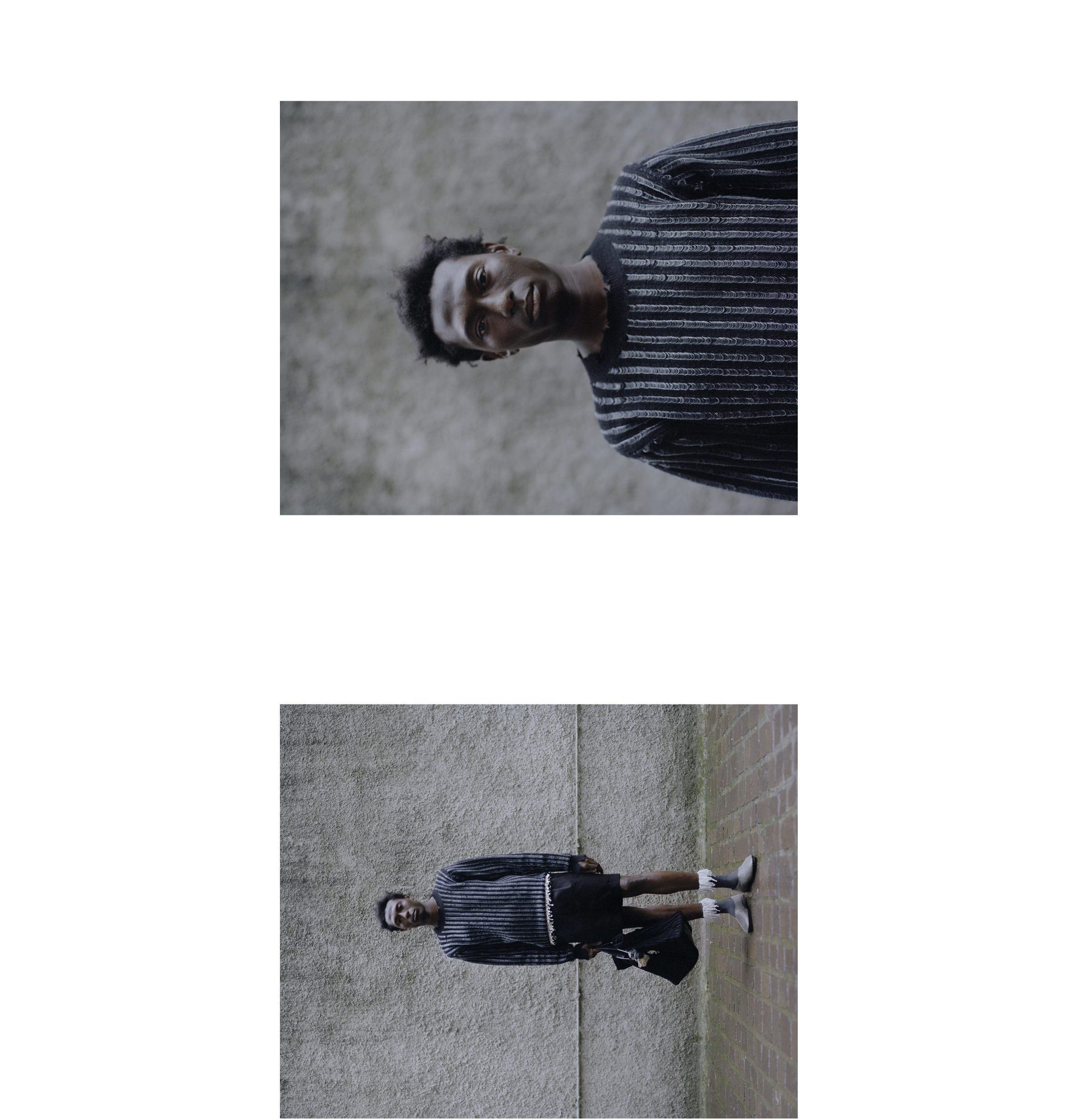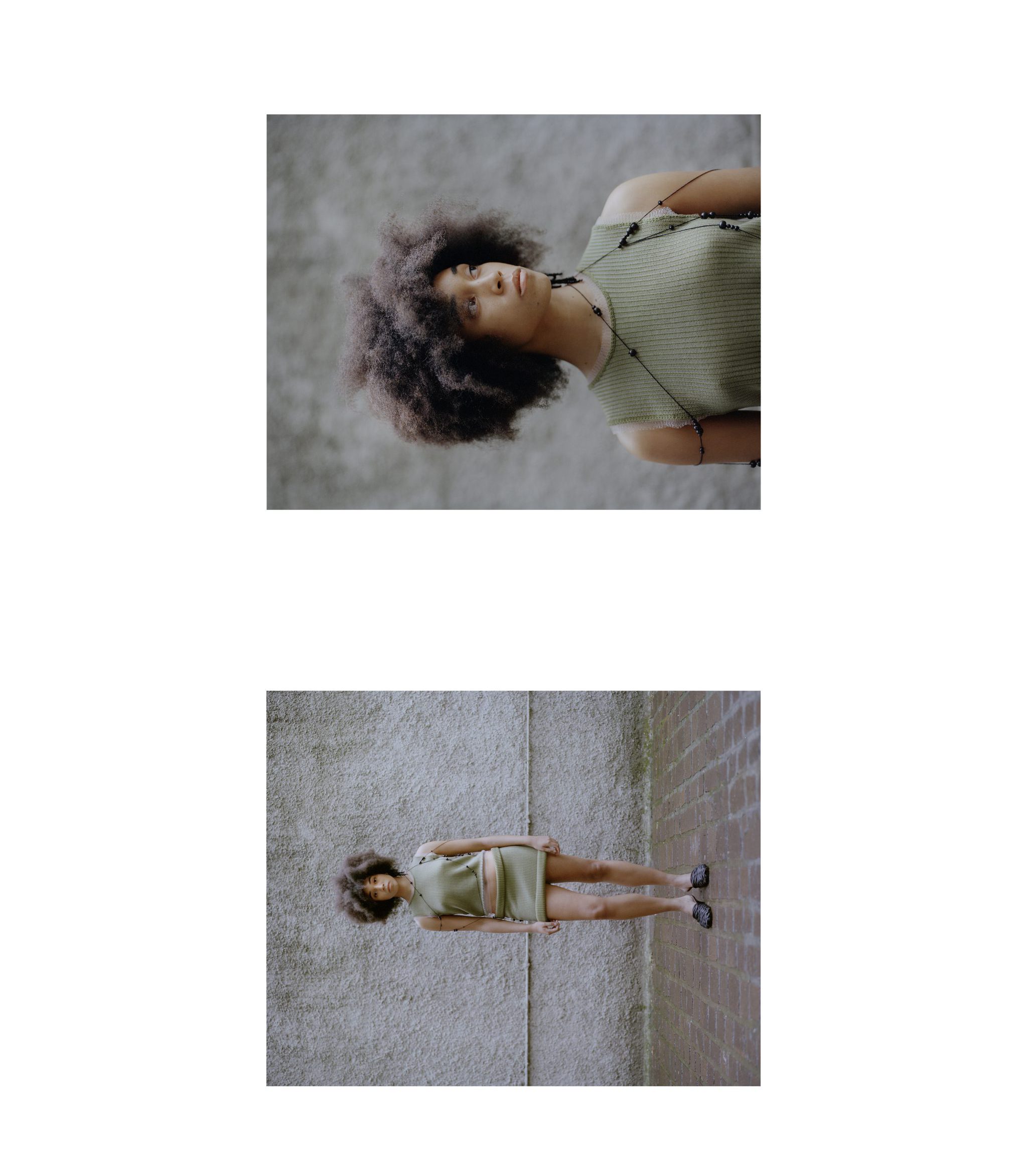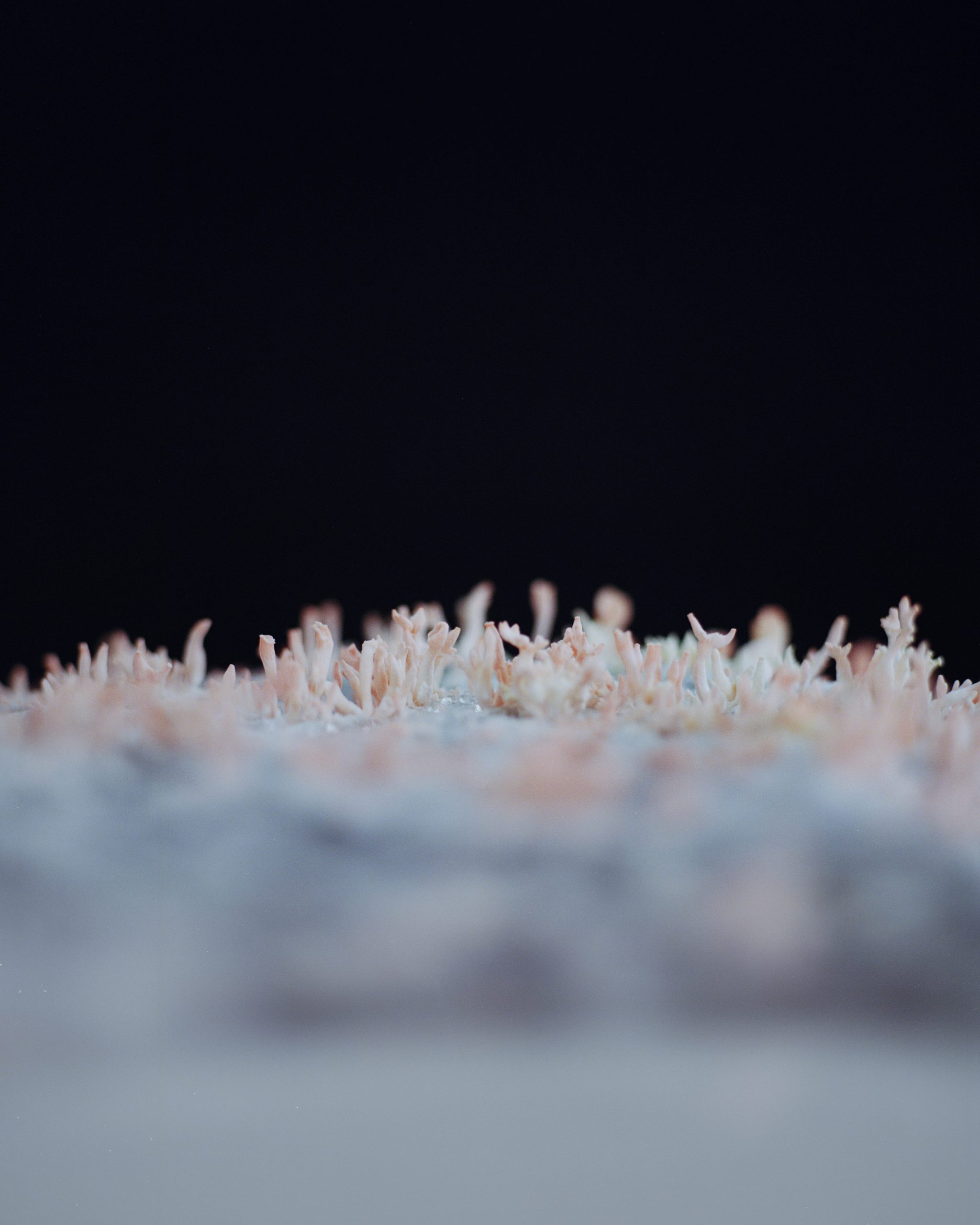“The uncontrolled lives of mushrooms are a gift – and a guide -, when the controlled world we thought was ours disappears” (A L. Tsing, 2015)
Are we really sure that our world was made for humans? Many species coexist with us, many have outstripped us in numbers and means, and many more are likely to outlive us. So perhaps it is time to embody a less anthropocentric and more imaginative view of the world we thought was ours. In 1945, somewhere in Hiroshima, the sun was still somehow solid and the atmosphere is humid enough for the rise and fall of a Japanese family of mushrooms. Its name was Matsutake, and it was the first species to appear after a nuclear explosion – at the end of the world. Like Matsutake, many mushrooms survive every day in threatened environments such as degraded forests, war zones and polluted factories. Fungi have already shown us the ability to thrive on the ruins of capitalism and, in PLĀS’s vision, it is time that they also grow at the end of the fashion world as we know it – exploitative, unequal and gated. PLĀS is a Milan-based contemporary fashion brand that specializes in limited-edition garments and design collectibles, creating seasonal RTW & Accessories collections as well as exclusive seasonal drops. With an unwavering commitment to creativity, sustainability, and ethical responsibility, PLĀS strives to forge its own path within fashion’s vast landscape. As they innovate, push boundaries, and amplify their voice with global design and culture, PLĀS Collective is on a mission to set forth their ethos as a creative collective and fashion brand of today.
Alessia Baranello: Your SS25 collection, Mycelia, is all about shifting an anthropocentric point of view, which is very prevalent in fashion, towards the coexistence of one of the most polluting sectors ever with non-human species. Can you tell us how you first imagined this collection?
Nathalie Danten: Normally I like to design clothes based on abstract concepts. But after our last collection – What Artists Wear – I felt the need to be inspired by something more real, something that exists all around us and to which we have a direct reference. I have always been fascinated by mushrooms and wanted to recreate their shapes, colors and textures in some garments. When I have an idea for a new collection, I always start by developing all the points with Celine Breton, a knitwear designer based in Paris. It was Celine who told me about Aléa, a creative studio in Paris whose aim is to experiment with new materials made from mycelium. So I went to their studio and we hit it off: they said they were dreaming of working with PLĀS because they wanted to try to build something different with our stitches. Our strength as a brand has always been developing unique knitting techniques and stitches using recycled or repurposed materials, and with Aléa we tried to combine our vision of sustainable craftsmanship with their inoculation techniques to grow mushrooms.
AB: Mycelia was unveiled yesterday, 18 September, in a public performance far removed from a traditional fashion show.
ND: We set up the venue with the help of Francesco Pizzorusso, architect and founder of Spazio Martín, a contemporary art gallery based here in Milan. At the entrance you were immediately struck by the music and some red textiles were hanging between your passage. We thought of it as a portal – the entrance to another world. Having entered into the world of Mycelia, the first thing that you came across were glass cases containing these unique experiments in which different fabrics were combined with growing mycelium. I gave Aléa some fabric samples that we had discarded in the past and they started testing what happens when you grow Aléa’s mushrooms on PLĀS garments.
AB: And how did you manage the inoculation process?
ND: There is nothing you can calculate about the growth of fungi: we immersed ourselves in an unknown process that had never been done before. You can’t predict what effect different types of mushrooms will have on different stitches, how the mushrooms will behave on a particular textile and what kind of traces they will leave on the garments: you can’t know that in advance. It is like playing Russian roulette. Our brand only uses natural
fibers and mushrooms love natural textiles, which is why the fungi that you saw on the fabrics on display only took ten days to grow and thrive.
AB: And now that these mycelium textiles have been in contact with the air, what will you do with them?
ND: Together with Aléa, we are thinking of launching a limited collection of accessories made with these fabrics. After being exposed to the air, the mycelium on the fabrics dries out, making it possible to wear them and work with them. With time, the mycelium disappears, but its traces remain on the textiles, creating unique pieces that testify unrepeatable moments of contamination.
AB: On the other hand, the garments worn by the models make up the actual SS25 collection and are entirely inspired by mushrooms. In what way?
ND: In this collection the stitches, colors, shapes and textures are inspired by different types of fungi. As always with PLĀS, the textiles are all natural fibers and the clothes are designed with a specific type of person in mind. I design clothes for creatives who – on one hand – want to be different, who want to show that they are not one of the crowd and who – on the other – have to survive in difficult cities with many jobs and many projects. PLĀS clothes are designed to be worn at different times of the day. I call them fits 4+4: outfits that work when you go to a vernissage, when you have to cycle to work in the rain, when you have a meeting with investors, when you have a party with friends…
AB: An important part of yesterday show was the performance directed by GianMarco Porru.
ND: At PLĀS, one of our main goals is to rethink the way fashion collections are presented to the public. We collaborate with local cultural players and artists to put together an interdisciplinary show. Gian Marco is an exceptional visual artist and a close friend. For yesterday’s performance, we worked with him to create a complete world, a complete experience around the Mycelia collection, which could give the clothes an additional meaning. Gian Marco worked in close contact with all the professionals involved, assembled the models and said something beautiful to them before the performance began: that with their movements they had to build houses in the world of Mycelia, as if they were driven by atmospheric agents, as if they were going to rot on the grown, as if they were sleeping in this upside-down world.
AB: The relationship between the audience and the environment was completely different to a traditional fashion show or presentation. The fact that the models were moving constantly and all at once forced you to really look at them to see the clothes, not to see them as mannequins. To be honest, it was a bit embarrassing to be put in this position. But embarrassment – I think – has a powerful unifying power in communities.
ND: You get the picture. In this performance and collection, we have put a lot of emphasis on uneasiness. The models had to make the audience feel like outsiders in the world of Mycelia: a little uncomfortable, a little like voyeurs. The models’ sense of community had to be strong enough to put people in a position of weakness. They moved like a single colony, mimicking each other’s movements, inspecting each other’s clothes. “What has grown on you? What has grown on me?” I imagined them asking.
AB: Listening to you talk about Mycelia, I feel that what really defines PLĀS’ work to this day is an attention to interconnectedness – an ethical form of belonging not so present in contemporary fashion. Even the name of the brand evokes a public space.
ND: The common denominator of all PLĀS collections is that they speak to the people of PLĀS. As we imagine them, PLĀS people are creative people who want to get things done, who move fast, who understand that things are better done together. I feel that the fashion world I dream of is more than anything else a world of people. And this collection represents exactly that: the alignment and connection between people from different creative backgrounds. Different colonies of mushrooms connect underneath the ground, just as creatives in different places of the world connect to create beautiful things. Throughout history, fungi have proven to be resilient and imaginative organisms, managing to thrive in – and despite – almost any hostile environment: this is why, as members of the international community, we see ourselves in mushrooms.
AB: You often say that you don’t feel a strong sense of belonging to the world of fashion, and that this collection is in a way inspired by surviving in toxic environments, growing against the odds. Do you see fashion as one of those endangered environments?
ND: I’ve always loved designing clothes and I’m really passionate about working with materials. I could spend hours with fashion workers in studios and labs learning how things are made, but, when I started studying fashion at Parsons New York, I immediately felt an unmotivated competition between designers. I’m from Uruguay, where fashion doesn’t exist like it does in New York City, with all the networks, opportunities and money. When I studied and lived in New York City, I understood that in order to resist all the pressures and precariousness of the fashion sector, I had to do something completely different from my peers, to compete in a different league. If they’re running a race, I’m going to go swimming. If there’s a growing rivalry, I’m going to grow mushrooms. That is the reason why I decided to name this project PLĀS Collective and not Nathalie Danten. I don’t see PLĀS as my own brand. The stardom era of fashion designers is fortunately over and didn’t do fashion any good. This time we can do better than that.
